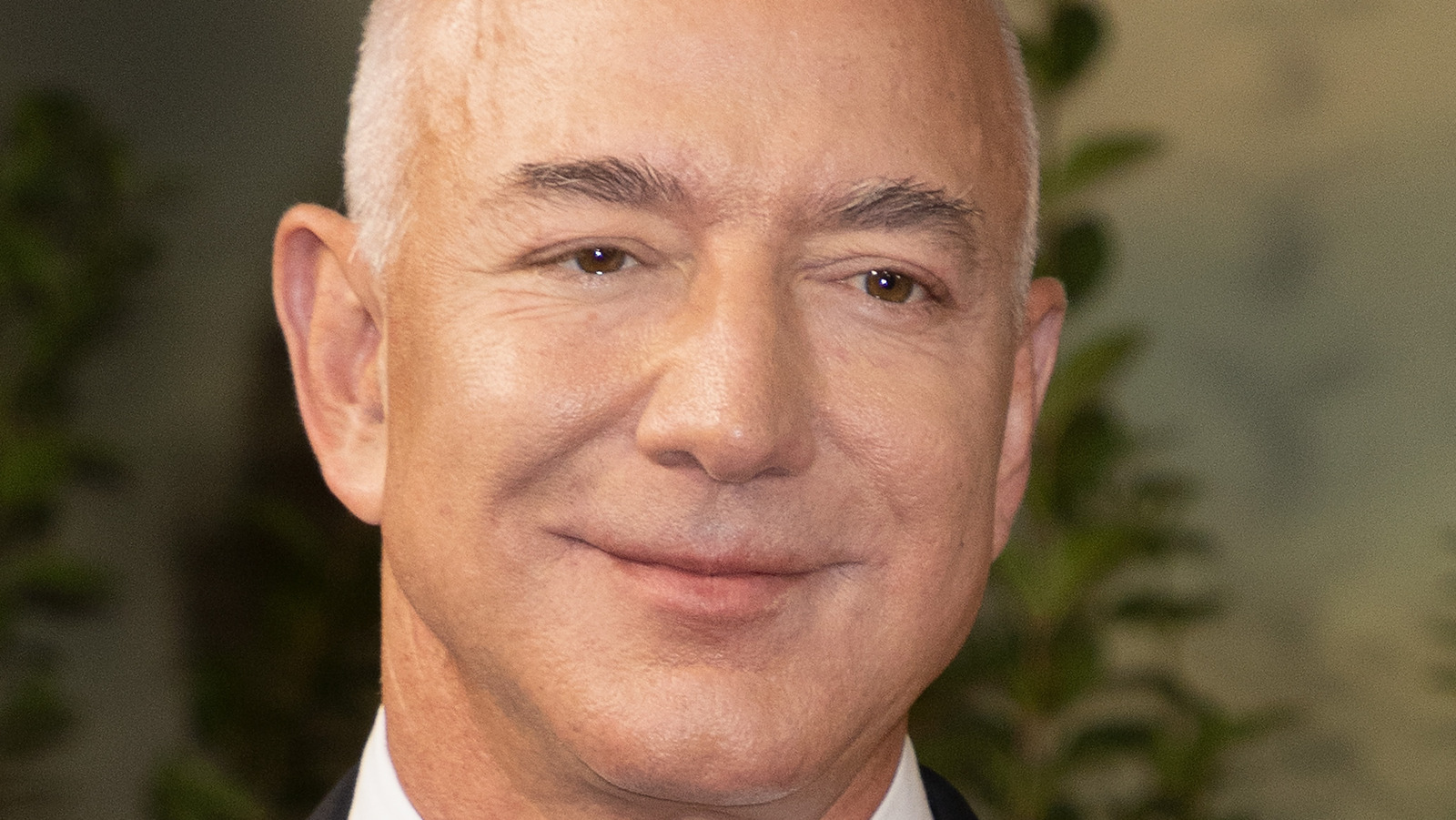

Much of the risk in spaceflight depends on "how powerful and how complex your engine is, and how much time does it have to fail," Putney said. That's far less than something like NASA's Space Shuttle boosters, which generated a combined 1.2 million pounds (544,000 kg) of thrust on the launchpad, according to the agency. New Shepard's BE-3 (Blue Origin-3) engine generates around 110,000 pounds (50,000 kg) of thrust when it takes off, according to the company. It was the 23rd flight for the New Shepard program, named after the first American in space, Mercury astronaut Alan Shepard and the ninth flight for this particular rocket-capsule pair."That's a tremendously positive thing," Fragola said, referring to the successful track record.Īdding to Blue Origin's confidence levels are the fact that New Shepard will take only a short excursion, not enter orbit, and will use a relatively simple single engine, Blake Putney, an electrical engineer who has also worked on risk analysis for NASA vehicles, told Live Science.


Thirty-six experiments were on board, half sponsored by NASA. The webcast showed the capsule reaching a maximum altitude of more than 37,000 feet. AP It was the 23rd flight for JefF Bezos’ New Shepard program. AP Thirty-six experiments were on board, half sponsored by NASA. Capsule is shown parachuting onto the desert floor. The rocket usually lands upright on the desert floor and then is recycled for future flights. It happened around the point the rocket is under the maximum amount of pressure, called max-q. There was no video shown of the rocket - only the capsule - after the failure. The mishap occurred as the rocket was traveling nearly 700 mph at an altitude of about 28,000 feet. No further details were provided by the company. The mishap occurred as the rocket was traveling nearly 700 mph. Escape system performed as designed,” the Kent, Wash.-based company tweeted close to an hour later. “Booster failure on today’s uncrewed flight.

The rocket is grounded pending the outcome of an investigation, said the FAA, which is in charge of public safety during commercial space launches and landings.īlue Origin’s launch commentary went silent when the capsule catapulted off the rocket Monday morning, eventually announcing: “It appears we’ve experienced an anomaly with today’s flight. The rocket crashed back to Earth with no injuries or damage reported, the Federal Aviation Administration said in a statement.Īlthough this New Shepard rocket was dedicated to flying experiments, it was the same kind used for launching people on 10-minute rides to the edge of space. Several minutes later, the capsule parachuted onto the remote desert floor. The capsule’s emergency launch abort system immediately kicked in, lifting the craft off the top. The Blue Origin rocket blasted off from West Texas and was barely a minute into the flight when bright yellow flames shot out from around the single engine at the bottom. No one was aboard, only science experiments. Jeff Bezos’ rocket company suffered its first launch failure Monday. ‘Moon holidays’ of the future: Inside the glitzy world of space tourism Young, history-making Blue Origin astronaut ready to take on more missionsįormer SpaceX passenger joins Bezos’ Blue Origin as employee These people have spent $300K or more - and waited over a decade - to go to space


 0 kommentar(er)
0 kommentar(er)
